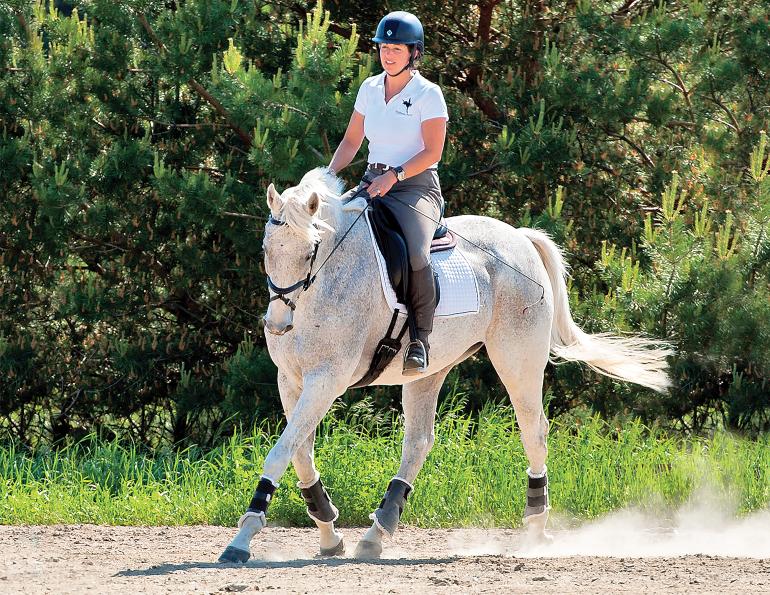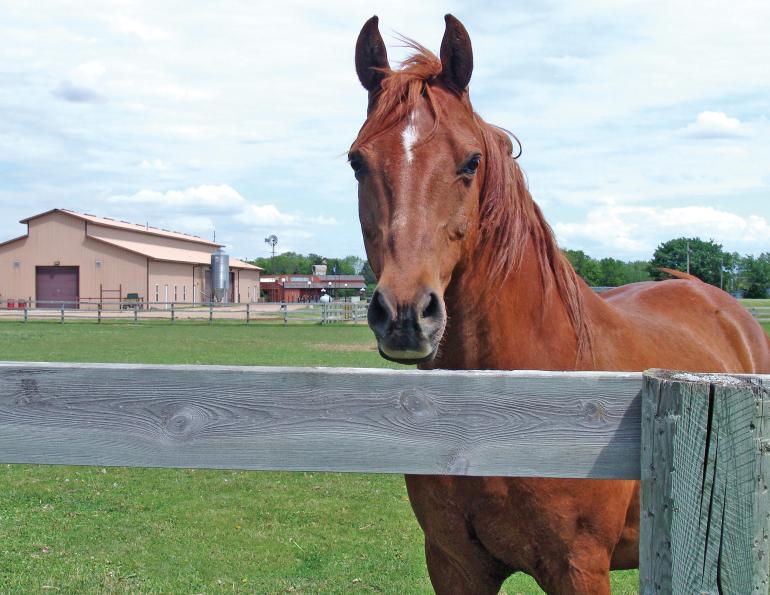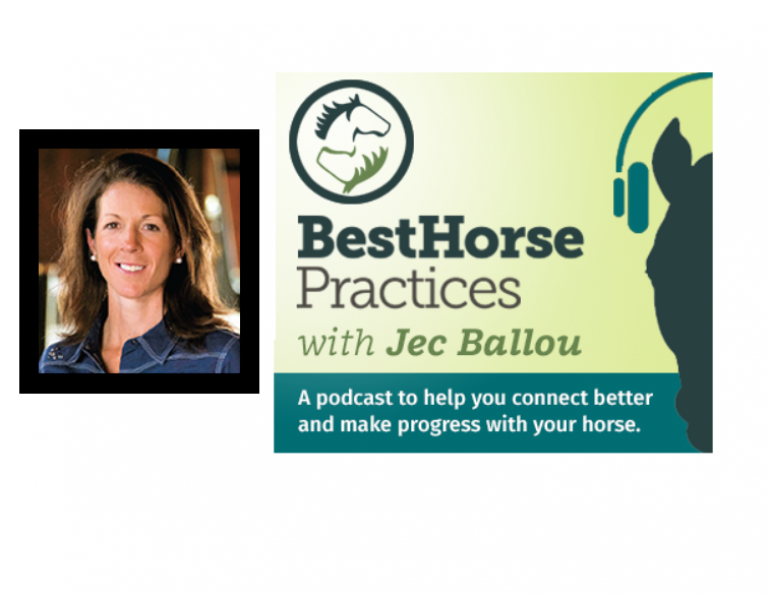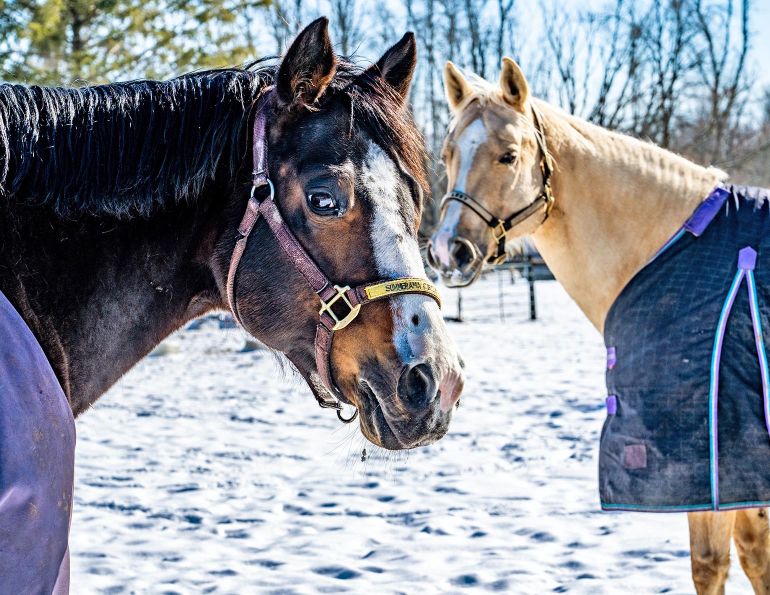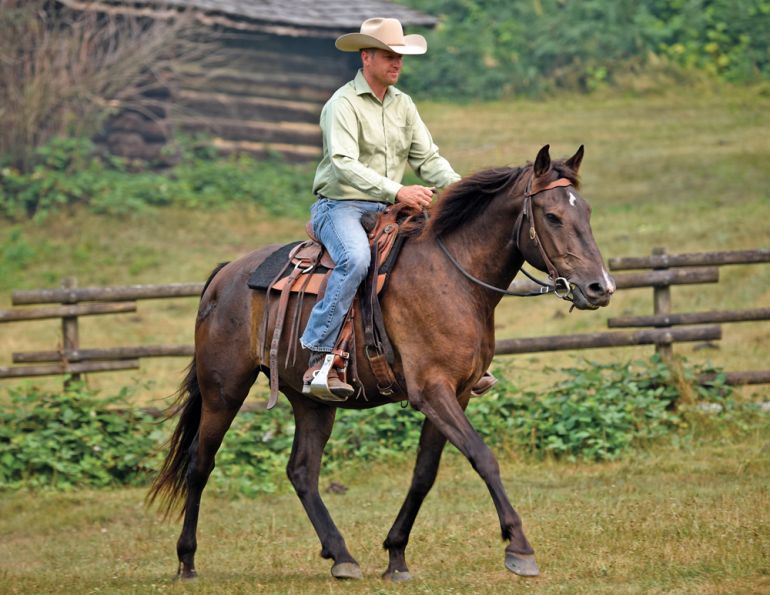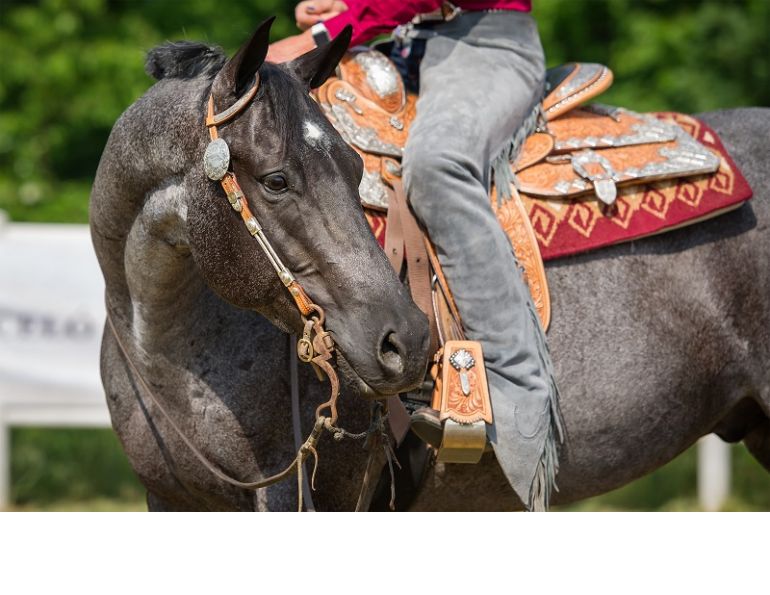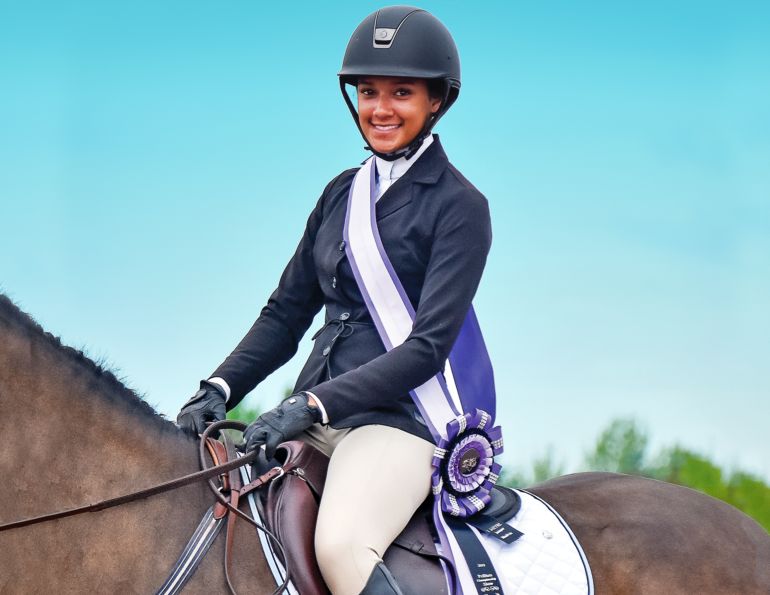By Jec A. Ballou
Most of us intend for our daily rides to improve our horse at some level, either by adding to his physical conditioning or progressing his training skills. But whether or not your horse actually makes these gains often comes down to the amount of time you spend on each phase of the ride. The format of your ride determines the outcome of physical improvement.
For instance, if you spend too much, or too little, time on the warm-up phase, the horse will not make optimal muscle fibre recruitment and will likely fatigue quicker in your session, which diminishes the amount of productive training you can fit in. Likewise, spending too much time, or not enough, on the schooling phase can lead to tired or under-utilized muscles, but not necessarily stronger ones. A loosely-applied formula, as I offer below, can help you derive the most from your daily rides and your horse’s fitness.
I should note that this formula applies regardless of whether you ride on trails or in an arena. Your daily ride should divide into three phases of more or less equal duration:
- Initial walking and warm-up: 33 percent
- Schooling and conditioning: 33 percent
- Flexibility and cooldown: 33 percent
For simplicity, let’s look at how this breaks out for a one-hour ride, and then we will get more specific with the details. You would spend your first 10 minutes walking around, followed by a 10-minute warm-up. This walking and warm-up phase should take you one-third of the way through your hour. Now, you enter your 20-minute schooling or conditioning phase as I’ll explain below, which will bring you to two-thirds of the way through your hour. You will then spend the next 10 minutes on flexibility routines, followed by a 10-minute cooldown. That is how you structure a balanced session that prepares, works, and then adapts the body to gains.
Now let’s clarify the specifics of what is included in each phase of your ride.
Walking Phase
Joint fluids require 10 minutes of slow movement to decrease their viscosity and lubricate the joints well. This is the reason for the age-old wisdom to walk a horse for 10 minutes before doing anything else with him. Until the fluids have thinned out, warmed up, and spread throughout the joint, the concussive forces of movement will be absorbed by the cartilage, which wears down quickly. The first phase of your session every single day, whether you are working the horse from the ground, going for a trail ride, or schooling in the arena, should entail walking him around for 10 minutes uninterrupted.
Warm-Up
When a horse is in a resting state, which includes hanging out in his paddock, only 15 percent of blood volume is circulating to his muscles. During exercise, up to 85 percent of blood volume circulates to his muscles. This dramatic shift in distribution is possible through a graduated warm-up. Otherwise, the body will work poorly.
This significant increase of blood and oxygen to muscles allows for faster delivery of energy. Blood and oxygen delivery also increase the elasticity of muscles and connective tissues. As oxygen consumption rises, the buffering capacity of muscle cells increases, thereby delaying the acidity that accumulates during exercise and leads to fatigue.
Related: Introducing Your Horse to Lateral Work
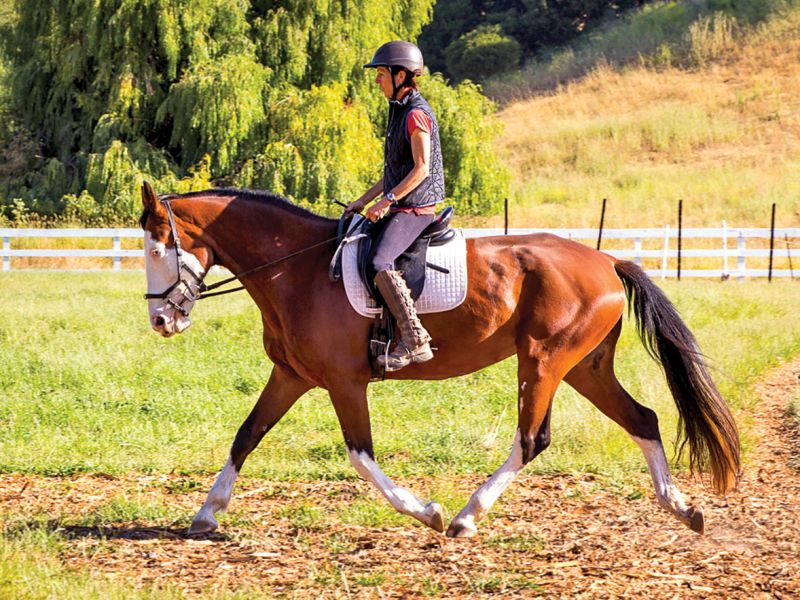
Throughout your ride be mindful of which phase you are in, and focus on what the horse’s body needs from that phase. Photo courtesy of Jec A. Ballou
The intensity of your warm-up should be well below that of the athletic activity to follow, but it should be a rhythmic continuous bout of movement. Wandering around at a walk does not count. Give yourself at least 10 minutes to conduct your warm-up, and be sure to make it active. This is not the time to dawdle listlessly. Spend most of this time trotting large circles and changes of directions, riding transitions between trot and canter, and practicing a few speed changes within each gait.
Schooling
This third of your ride is where you execute your plan or focus for the day. This might include refining the dressage movements you are currently working on, or it might be performing a cavalletti pattern. If you are on the trail, this period will include faster gaits, hill climbs, perhaps more demanding terrain (fording creeks, mud, tall grasses, and so on). Basically, this is the phase during any session where you are working, whether that means refining a skill or boosting fitness. Previous to this point in your session, you have been preparing the horse’s body systems for the work you will now ask of him during this 20-minute phase.
Within this block of work, you do want to give your horse short rest breaks at the walk, allowing him to stretch his neck out on long reins. A general rule of thumb is to offer these breaks every three to five minutes. The purpose of these breaks is to relieve pressure that builds up on the nerve endings and muscles, which soon blocks the transfer of oxygen, gases, and enzymes necessary to continue making comfortable, efficient muscular contractions. A 30-second break is sufficient. If you wander around longer than this, your horse’s neuromuscular system begins returning to a resting state. Use your watch; do allow your horse to walk and stretch out his neck, but after 30 seconds get back to work.
Related: Routines for a Balanced, Engaged Horse
Flexibility
At the end of the schooling portion of your ride, you move seamlessly into the flexibility phase. The flexibility and cool-down phase will comprise the last third of your ride. Here is where you want to ensure that any muscular strength the horse acquires remains pliable and loose, meaning the muscle fibres do not clump together, nor does the connective tissue become shorter and thicker over time, which limits the body’s range of motion. Flexibility drills can include riding the horse in a long and low neck position at all three gaits for a few moments, encouraging him to stretch well over his topline. It can also include patterns that stretch the sides of the horse’s body, such as figure-eights or serpentines in a relaxed frame and calm speed. Towards the end of this phase, you begin to slow down all gaits and incorporate more walking.
Cooldown
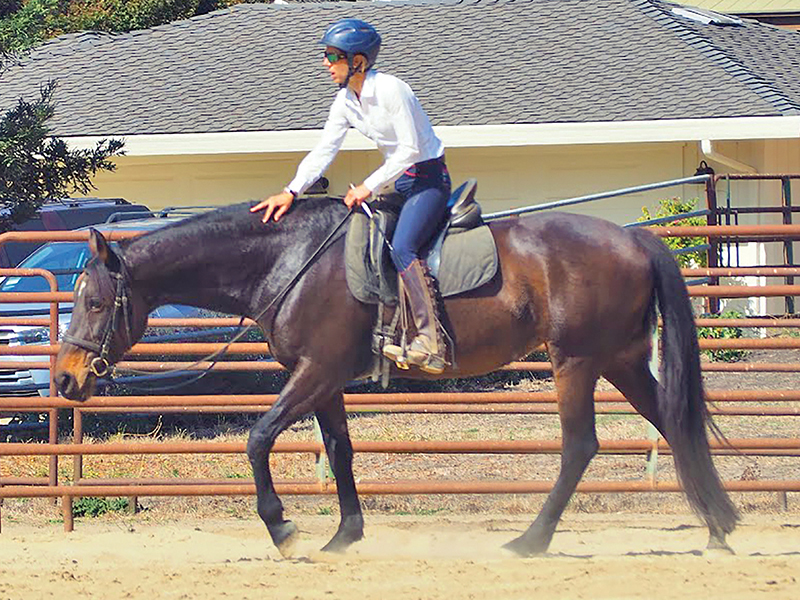
During the 10-minute walk phase at the end of your ride, you may choose to walk with loose reins, but you can also hack in a field or dismount and walk with your horse. Photo courtesy of Jec A. Ballou
The 10 minutes of walking after a ride allows the muscles to gradually cease activity and, in so doing, clear out metabolic waste and stress hormones that are released during exercise and can lead to stiffness if allowed to sit or pool in the tissues. This process can greatly influence day-to-day muscle function. Most riders choose to walk around with loose reins in the arena during the cool down, which is perfectly fine. But feel free to get creative so long as you meet the 10-minute criteria. You might consider hacking around the field, dismounting and walking with your horse, or perhaps meandering around or over some obstacles if you have them available.
At any point in your ride, be clear which phase you are in and honour what the body needs and derives from each phase. In this way, your horse will excel as an athlete.
Related: Walk, Trot - BUCK!
Main Photo: Clix Photography



